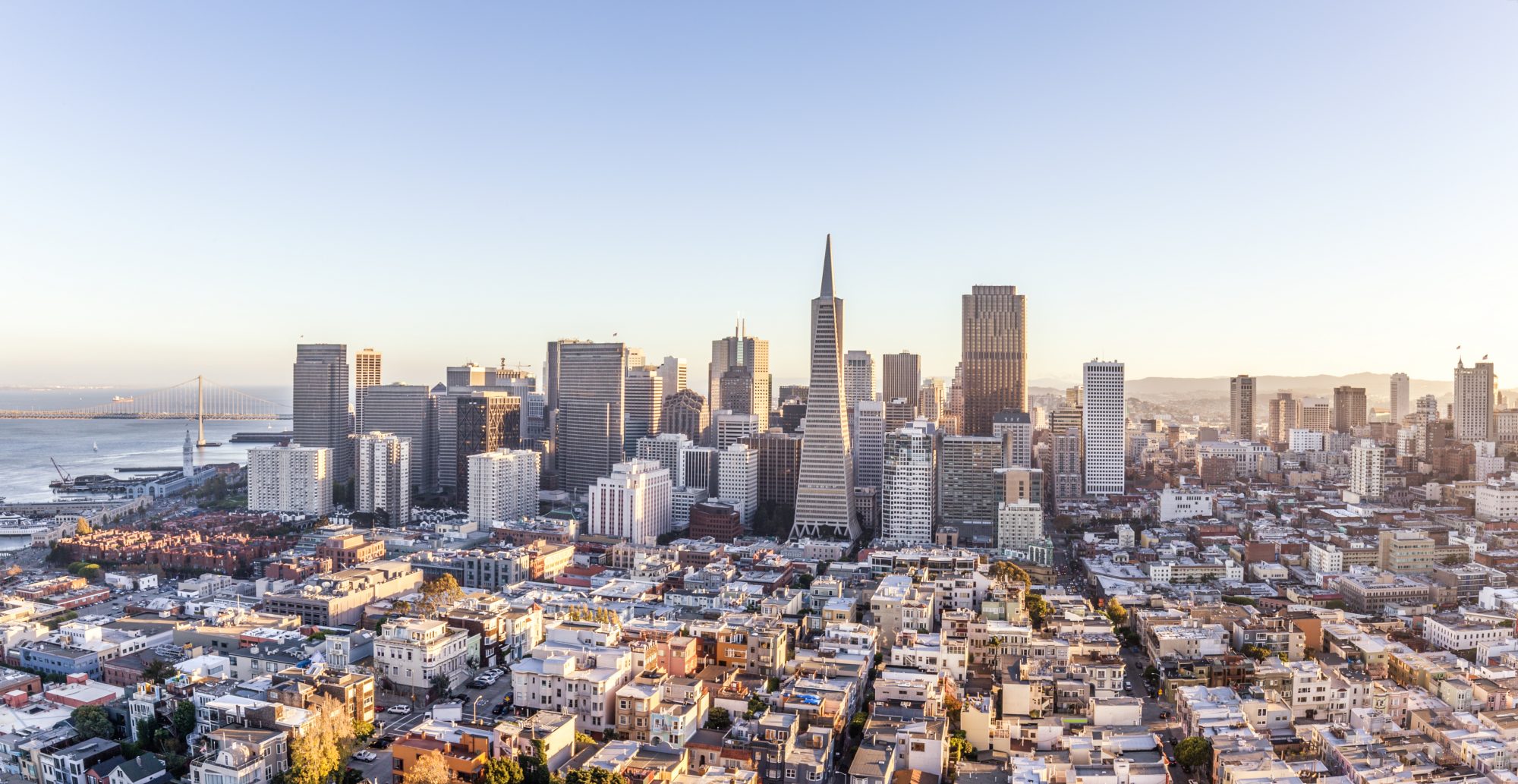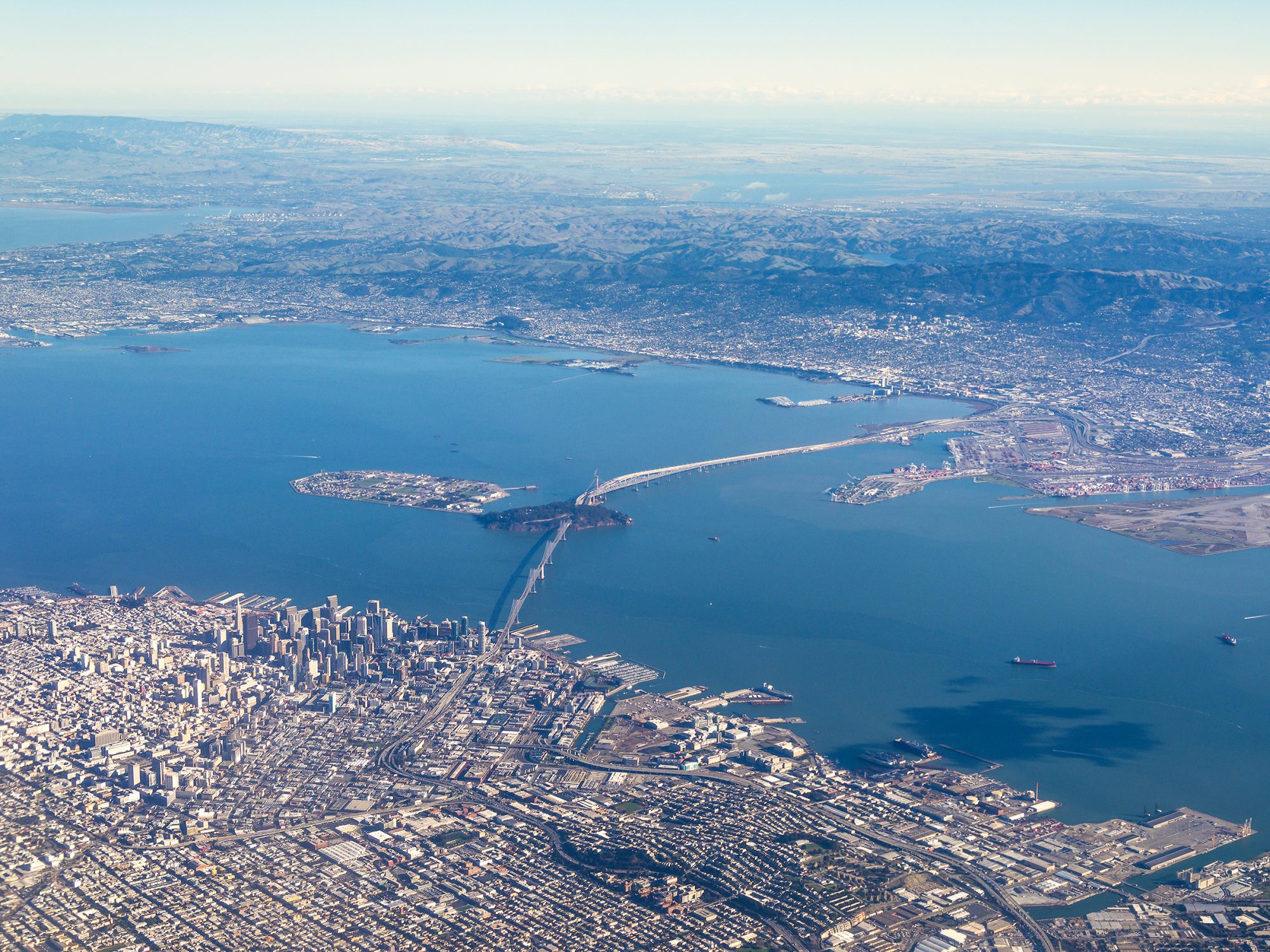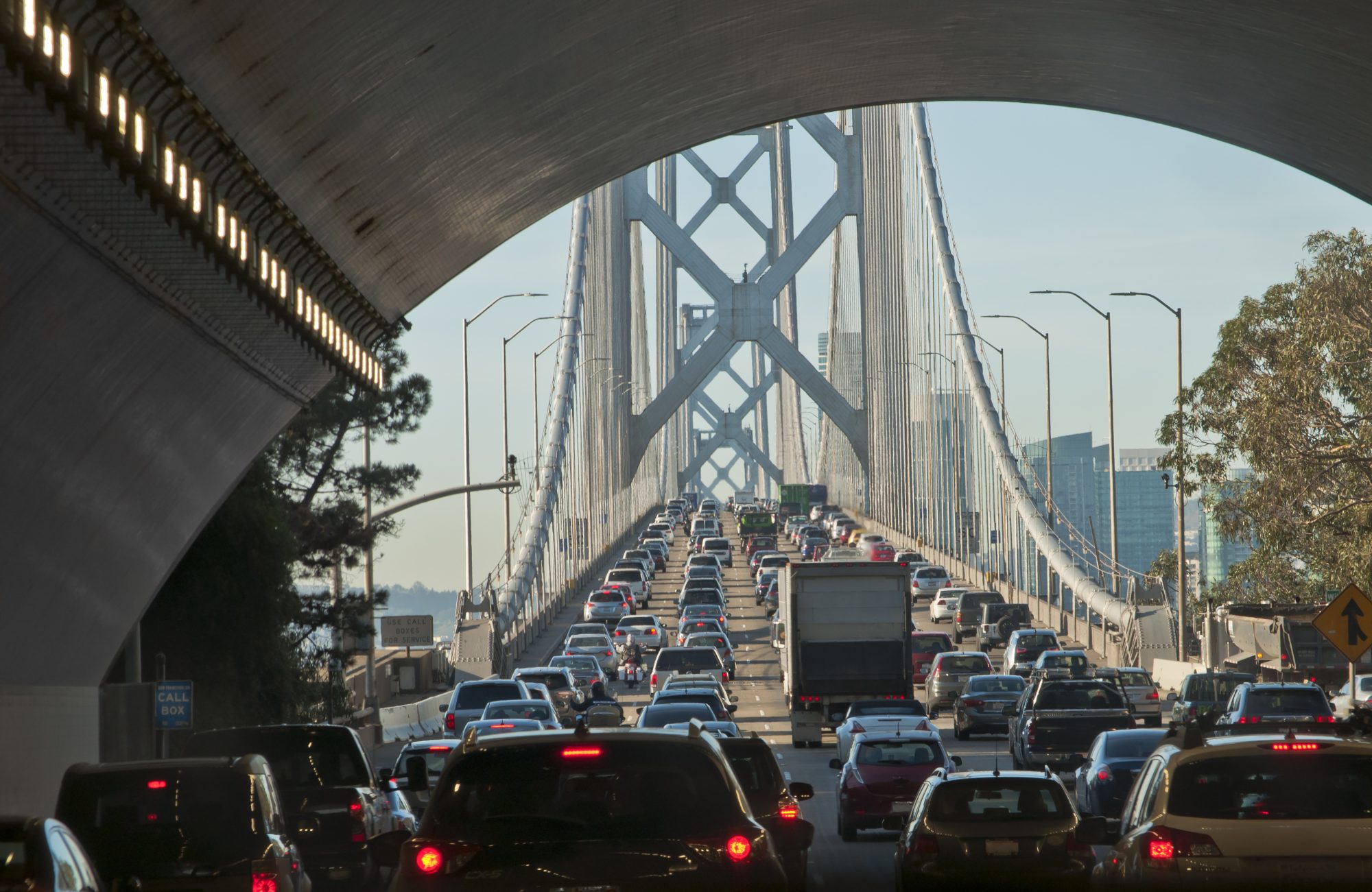Spending a Fortune on Housing – San Francisco’s Rent Price Problem
San Francisco is suffocated by astronomical rent prices. How did it come to this and what’s there to do today?
San francisco is suffocated by ever-rising rent prices. The city with 800 000 inhabitants has been an expensive spot to live in for the longest time, but as prices keep on soaring, it fundamentally threatens its traditional, social makeup. The place that is known around the world as home of the hippie movement and progressive politics is in danger of getting homogenised. But why are san francisco’s rents incessantly on the rise and what can san franciscans do against it?
A one-bedroom flat in San Francisco can easily go for more than 3000$ a month. This is an exorbitant amount of money that the majority of people cannot afford to pay, so much is clear. How did it get to this? The reasons for San Francisco’s astronomical rent prices build a complicated web that is not easily discernible, but a few things clearly stick out.
Cities around the world are growing. Many people from surrounding municipalities are pushing towards cities to find better job opportunities and infrastructure. This inevitably leads to more competition on the housing market, which manifests itself through rising rents and real estate prices. This happens in pretty much every city. A healthy difference between urban and rural housing prices is a perfectly normal thing.
City centres generally turn out most expensive, with prices falling the further out one goes. The rising prices make it more profitable to build housing in these areas. The surge in supply helps to stabilise prices as the city becomes condensed and more people can live on the same plot of land. But in San Francisco, this course is simply not practicable. It is already fully developed, every square inch of land that can be reasonably built upon has been filled.
Cityscape of San Francisco and skyline

Additional housing that can be created by putting up extra storeys atop existing buildings is one way of relaxing the rent situation. Another would be to demolish older buildings to create high-rises. This could have a significant impact on the San Francisco housing shortage and consequently, its rent prices. Unfortunately, this is no real option, since residents and the administration oppose high-rises strongly in most parts of the city. Many people fear building higher would rob the city of its unique character, one of the reasons why it is so attractive for new arrivals in the first place.
Pressure on the inner city is usually reduced as relatively cheap outer districts draws in the rural population with their combination of lower prices and solid infrastructure. The problem with San Francisco is, that there are no real outskirts to move to. Thanks to its unique geographic position, the city on the bay is surrounded by the sea from three sides. Much of the close-by land is mountainous, so it cannot be developed into housing space. Free building spaces of San Francisco and its neighbours are virtually all used up, so there is nowhere left to construct those buildings that are sorely needed. Nevertheless, people keep on streaming towards the city, making San Francisco a teapot without a valve, the pressure constantly rising.
Neighbouring towns and cities in the San Francisco Bay Area cannot take that pressure off either, because these communities struggle with high rents themselves. The way the surrounding lands of the Bay Area were developed heavily contributes to today’s hopeless situation. Instead of making them gradually denser, starting at the centre, vast suburbs have been put up at the doorstep of the city, taking up large chunks of valuable land. With every way blocked, San Francisco has no direction it could grow in.
Aerial Photograph of San Francisco and The Bay Area

One reason for this clear failure in strategic planning lies in the nature of the Bay Area’s fragmentation. Despite San Francisco being the de-facto capital of the region, it only covers a tiny part of its area. The rest is split up into eight different counties, every one of them with its own agenda and interests. As all these counties are closely tied to San Francisco, it would make sense to plan real estate development and infrastructure together. This, however, was not the case. The result of many hands pulling on both ends of the rope is a region that is filled to the brim with urban sprawl, but without sufficient transport between its many cities and towns.
This leads to even more problems, as the generously outspread suburbs function primarily as bedroom communities. Their inhabitants daily travel to and from one of the Bay Area’s urban centres, spending hours a day in their cars, or even worse, using the severely lacking and expensive public transportation services. The existence of barely mediocre transit systems to traverse the vast Bay Area and reach one’s workplace further pushes up rent prices. If people need to choose between astronomical rents in San Francisco and taking an hourlong drive there every weekday, it doesn’t come as surprise that many decide to pay a premium to save some valuable time.
Massive traffic jam

Wealth is one of the most significant reasons that living in San Francisco is so unfathomably expensive. It is among the richest regions of the USA. It is a major hub of the global financial industry and tech-heavy Silicon Valley is right around the corner. Of course this translates to soaring real estate prices. When thousands of rich people enter a bidding war to live in one place, the value of a plot of land can quickly shoot through the roof.
All these factors together result in a disastrous cocktail that makes San Francisco so costly to live in. And the consequences are felt steadily but surely. Housing cost is becoming harder to afford for native San Franciscans every day. This inescapably leads to the people that have for longest time been the bedrock and the face of the city leaving it for cheaper shores.
Unfortunately, this state cannot simply be reversed in the matter of a few years. For the short-term, prices are going to keep surging, and the harms they cause just have to be endured. But for the long-term, change is possible. This, however, fully depends on the political will and the underlying organisational circumstances. If the Bay Area makes a joint effort to condense its city centres, significantly expand its public transport system, and create affordable housing for its low-income population, diversity could come back to the city by the bay. The Bay Area offers a great chance to build a decentralised, prosperous metro area, but this can only work, if it finally becomes a single close-knit region instead of a patchwork of cities and suburbs.
Only then can San Francisco become a place for people from all walks of life again. It certainly is a fascinating, unique city, and it is a shame that its wonders have become reserved for bankers and IT-specialists.

